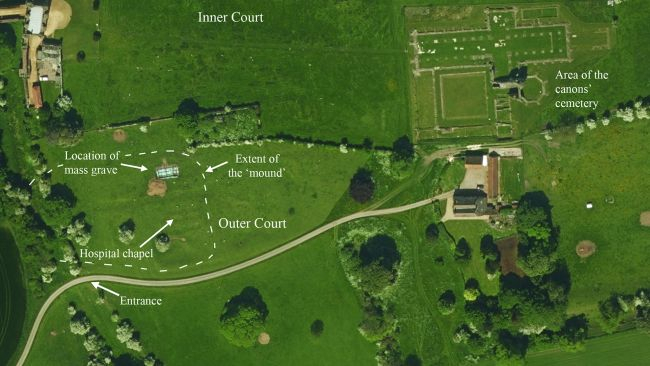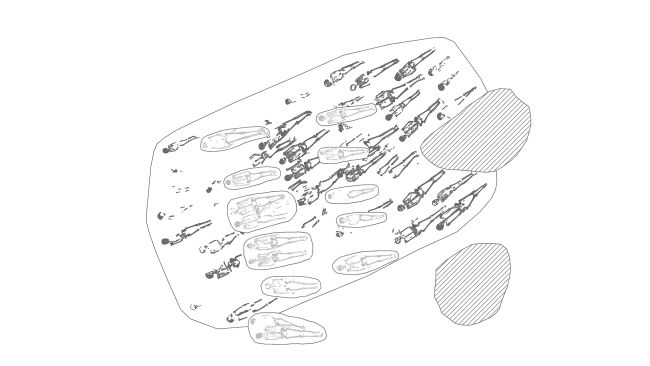Although the plague is often associated with the Middle Ages, the infamous disease wreaked havoc before and after and continued to occur occasionally. As per the WHO, if infected people are left untreated then the so-called bubonic plague can reach a fatality rate of 50 to 60 percent. However, the antibiotics which are developed in the 1940s are effective enough to stem the disease.
Recently, UK archaeologists discovered mass burial in a remote corner of rural Lincolnshire in eastern England which showed how devastating the situation was in the 14th century. The mediaeval grave contained 48 people, including women and 21 children and more than half of them were 17 years old or younger. As per the researchers, the analysis of the teeth recovered from 16 of the remains revealed Yerisinia pestis DNA which is the pathogen for the Black Death.

The medieval outbreak of the disease
It was one of the most feared diseases in the 14th century which was spread due to the bite of infected rat flea. The Black Death got its name from the fact the swollen glands in the victim's neck, armpits and the inner thing turned black as they filled with blood.
The victims of this disease often died within 12 hours of being bitten. It should be noted that the outbreak, which killed up to half of the population in some countries, had begun in the 1200s in Central Asia, before sweeping Europe between 1348 and 1350.
In England, the Black Death sipped out almost half of its population within 18 months. When the pandemic swept through northern Lincolnshire, all the affected individuals turned to the nearby Thornton Abbey's hospital for treatment. The death rate became so huge that the members of the abbey's clergy were unable to prepare individual burials, so they bury the bodies in a so-called plague pit.
In a paper published on February 18 in the journal Antiquity, the author of the study stated that "The mass grave at Thornton Abbey is set apart from other 14th-century examples by its rural location and monastic association."
As per Hugh Willmott senior lecturer in European historical archaeology at the University of Sheffield and the leader of the excavation in Lincolnshire, while direct archaeological evidence for the Black Death is extremely rare, a small number of such mass graves of plague victims have been found in London but not in a rural area.
He mentioned that earlier it was thought that "mass graves (are found) in towns where you have a higher density of people, (whereas) in villages people were being buried as normal in the parish churchyard," but actually what this suggests is that it was a rural community which "Couldn't cope and when the Black Death arrived, the normal system for doing things broke down."

Unusual location: Lincolnshire medieval grave
The mass grave was found during a survey of the now-ruined Augustinian priory of Thornton Abbey, in north Lincolnshire. In that area, archaeologists found the site of a medieval hospital, attached to the priory which suggested that the dead or the affected people were had been brought there.
As per the researchers, the bodies of the plague people suggested that they had all been buried within a period of days. Willmott said, "They are trying to treat them as respectfully as possible because in the middle ages it's very important to give the dead a proper burial. Even though it is the height of a terrible disaster, they are taking as much care as they can with the dead."
The author also added that any wrappings around the skeletons had long since rotted away, but the compression of shoulder bones in the skeletons suggested that the remains were bound in shrouds before they were lowered into the pit.










